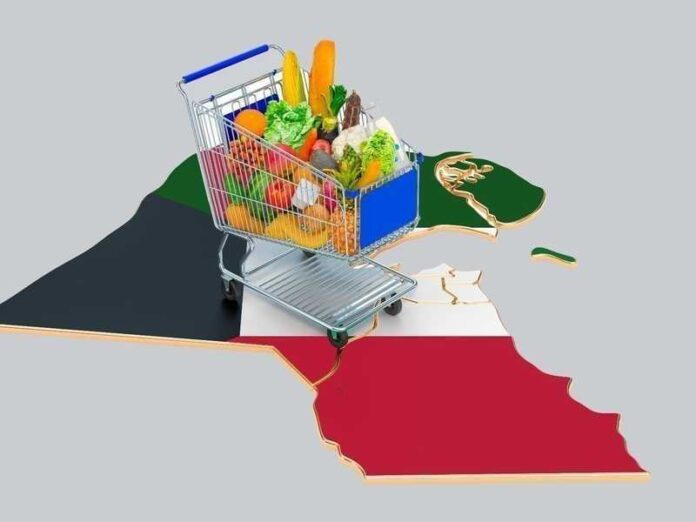Fitch Solutions expects that household food spending in Kuwait will be dominated by meat, fish and dairy products, and expects that households in Kuwait will spend about 18% of their budgets on food by 2027, down slightly from 18.6% in 2007, pointing out that the high levels of income among families Kuwaiti food will support increased spending in other categories, however, spending on food will be supported by demand for imported food with higher prices, given the relative weakness of Kuwaiti domestic food production.
The agency said in its report that these factors will lead to the growth of household spending in Kuwait on food by 4.6% annually between 2008 and 2027, which exceeds the average annual inflation in the country of 3% recently, reports Al-Qabas daily.
Fitch predicted an increase in household spending in Kuwait on food from 1.5 billion dinars in 2008 to 3.2 billion dinars by 2027, noting that when dividing total spending on food, the average family in Kuwait will spend an average of 57% of its food budget on 3 categories until 2027, which are Meat and poultry (32.6% of total food expenditure), fish (13.5% of total food expenditure), and dairy products (about 11% of total food expenditure).
Other basic items, the agency said, will constitute the other 43% of household spending in Kuwait on food, and fresh and preserved fruits and vegetables will represent 9.6%, and bread, rice and cereals will represent 9.4%.
Fitch expects household spending in Kuwait on meat and poultry to grow at an annual rate of 5.2% between 2007 and 2027, to rise from 451 million dinars in 2007 to one billion dinars by 2027, pointing out that supporting growth in spending on meat and poultry will be achieved through relatively high levels of income in the country. .
Fitch Solutions stated that fish will constitute one of the fastest growing food categories in Kuwait, with an annual average of 6.2% between 2012 and 2027, and spending on fish will witness an increase in the share of household spending from 12% in 2007 to 13.5% by 2027, expecting total spending to reach on fish and seafood from 182 million dinars in 2012 to 427.3 million dinars in 2027; and added, that despite the coastal geographical location of Kuwait, which is supposed to support the fishing sector, the local production, which represents 30% of the market’s supply, is not sufficient to meet the demand.
The sources quoting Fitch added that support for food spending in Kuwait will increase through the increasing numbers of foreigners working in the country and added the number of the workforce in Kuwait increased by 63 thousand people, bringing the total workforce in the country to 2.9 million people.
The agency expects that sugar and its products will constitute the fastest growing category of spending on food in Kuwait, as consumer spending on sugar and its products will grow at a rate of 6.5% annually between 2012 and 2027, to increase spending on it from 44.3 million dinars in 2012 to 113.2 million dinars by 2027, explaining that the fluctuation of prices Imported sugar will pose risks to the growth of household spending in Kuwait in the future. Noting that the price of a kilo of sugar imported to Kuwait amounted to 0.8 dollars, and reached 1.5 dollars in 2021, after rising to 2.5 dollars in 2015, and declining again in 2018 to 0.9 dollars.
The agency said that labor shortages and environmental pollution pose risks to the fish sector in Kuwait, leading to pressure on fish and seafood prices. Poor production will increase the demand for imported fish. Turkey, Iran, India and Pakistan are major markets for fresh fish in Kuwait.























